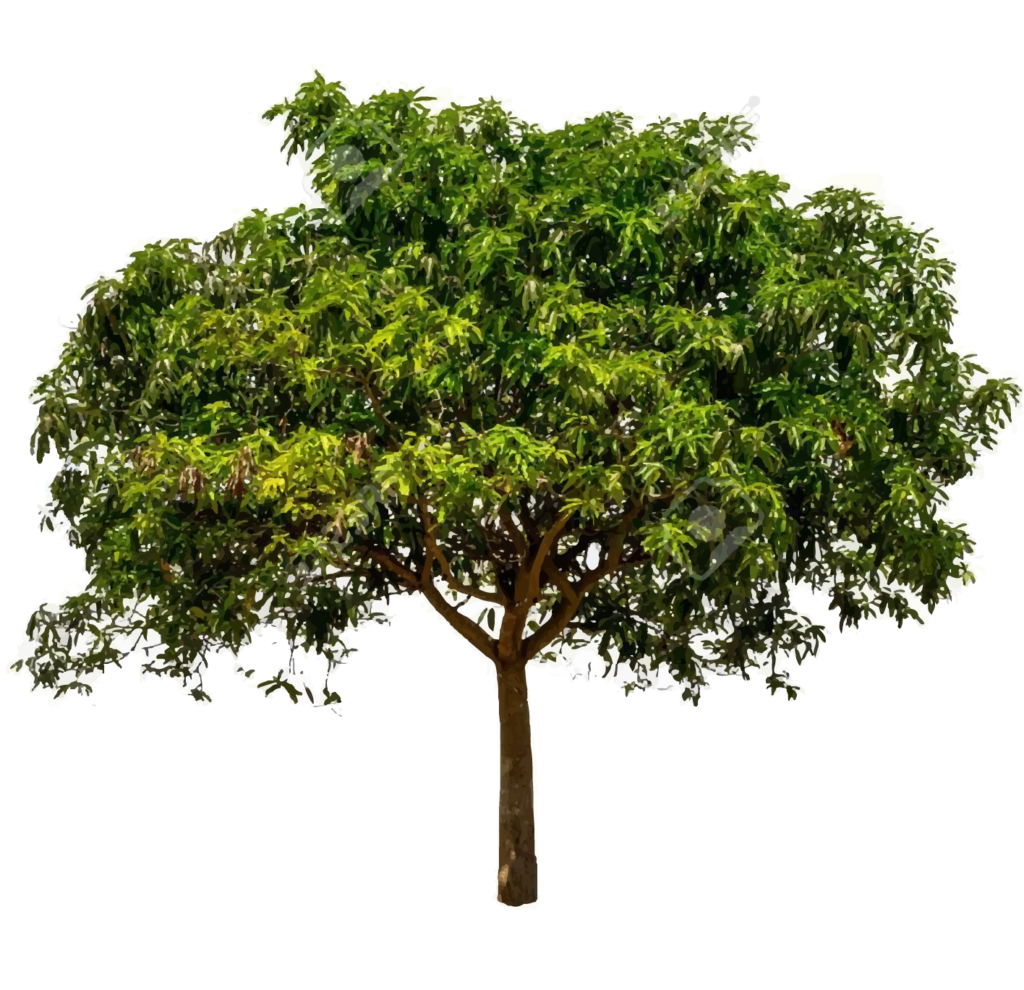Maharashtra - Mango tree

Common Name: Mango tree
Local Name: Aam, Amba
Scientific Name: Mangifera indica
Description:
The Mango tree is a large evergreen tree that can grow up to 30 meters in height. It has a dense, rounded canopy with dark green, leathery leaves that are elliptical or lanceolate in shape. The tree produces small, fragrant flowers that are usually yellowish or pinkish in color. The fruit of the Mango tree is a drupe, varying in size, shape, and color depending on the variety. Mango fruits are typically oval or round with a smooth, thin skin, juicy flesh, and a single large seed inside.
Economic Importance:
Fruit Production: Mangoes are one of the most popular and economically important fruits in Maharashtra. The state produces a wide variety of mango cultivars, known for their sweetness, aroma, and flavor. The fruit is consumed fresh, processed into pulp, juice, jams, and pickles, and exported worldwide.
Timber: The wood of the Mango tree is used in construction, furniture making, and for making agricultural implements. It is durable and resistant to termite attacks.
Medicinal Uses: Various parts of the Mango tree, including the leaves, bark, and fruit, have medicinal properties in traditional Ayurvedic medicine. They are used to treat ailments such as diarrhea, dysentery, and skin disorders.
Cultural Significance: Mangoes hold cultural significance in Maharashtra’s festivals, cuisine, and traditions. The fruit is associated with auspiciousness, prosperity, and hospitality.
Employment: Mango cultivation and processing provide employment opportunities to a significant number of people in rural Maharashtra, especially during the harvesting and processing seasons.
